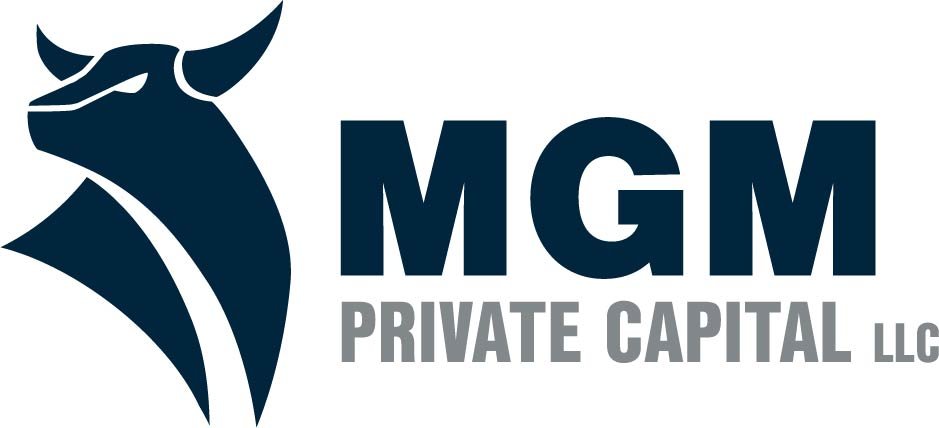Going Up! How Adding a Level Can Multiply Profits
If you’re an experienced investor in southeastern Wisconsin, you’ve noticed the rising prices and tight inventory in premium neighborhoods. Here’s a strategy that’s delivering outsized returns: adding a second level to an existing home.
In areas where land is scarce and single-family homes already cost a premium, going up can unlock significant value—and profit—if executed well.
Why Going Up Works in Wisconsin
Land is limited, but demand is strong
Neighborhoods like Whitefish Bay, Elm Grove, Shorewood, Mount Pleasant, and parts of Wauwatosa and Brookfield have seen increasing demand for larger, modern homes. Buyers in these areas know what they want: open layouts, modern finishes, extra bathrooms, and premium features. Often, the lot size is insufficient for an addition, but buyers are willing to pay more for additional square footage.
Price per square foot escalates sharply with “premium” space
Adding a full floor or partial upper level typically increases home value at more than the cost of construction, particularly when finished with high-demand touches (en-suites, vaulted ceilings, higher-quality kitchens). In luxury neighborhoods, buyers pay a higher price per square foot, so that new square footage delivers better returns than simply building out horizontally.
Market comparisons show it already pays off
Comparables in high-value ZIPs (for example, 53211 in Milwaukee, 53186 in Elm Grove, or 53154 in Brookfield) show that homes with more finished upstairs space tend to sell significantly higher. A two-story home with an extra bedroom and full bath upstairs often closes at a much higher multiple per square foot than an expanded single-story. Investors who “go up” often recoup their investment and pocket extra profit, especially in markets where buyers expect scale and finish.
What to Consider Before Adding a Level
While the upside is attractive, these projects come with some risk. Here are variables to watch for:
Zoning, height & permits: Some neighborhoods have height restrictions, or historic district rules. Always verify zoning and permitting costs before buying or starting construction.
Structural feasibility: Not every house is built to support a second level. Foundations, framing, and roofing all need assessment by a qualified engineer. Reinforcement or major structural work can eat into profit margins.
Cost vs value ratio: Construction costs (material, labor, HVAC, roofing) can be high, especially when you’re retrofitting existing homes. Estimate carefully: will your added square footage be valued at a rate high enough to justify the cost? In premium neighborhoods, yes, but just barely, in many cases.
Design and floor plan flow: Buyers in higher-end suburbs expect modern flow—ensuite masters, good ceiling heights, light, and well-planned traffic flow. A poorly designed upstairs can detract more than it adds if it feels like an afterthought.
Timing and disruptions: Adding a level often means longer construction times, higher carrying costs, and more living disruption (if the house is occupied). Plan your timeline and costs accordingly.
Profit Potential: A Hypothetical Case in Southeastern Wisconsin
Here’s a sample projection to illustrate how this can stack up:
Scenario: Existing Home with One-Level Addition
Location
Brookfield suburb, high-value neighborhood
Existing square footage
1,800 sq ft, 3 beds / 2 baths
Total cost of addition
~$110,000 – $135,000
Cost to add second level (including framing, roofing, electrical, plumbing, finishes)
~$120–150/sq ft (depending on quality & structure)
New square footage added
+ 900 sq ft
Expected increase in value
Based on comparables, ~$200–250/sq ft in that area → new sq ft valued at ~$180,000–225,000
Potential profit margin (after costs)
~$45,000 – $90,000 before carrying costs & permit fees
If you pick up the home at a conservative price and execute well, that margin can be really meaningful.
Where to “Go Up” in Southeastern Wisconsin
Here are neighborhoods and ZIP codes that offer high value for these vertical additions:
Brookfield (53186)
Elm Grove
Whitefish Bay
Shorewood
Fox Point / Bayside
Wauwatosa (particularly near UW-Milwaukee outlets)
Mequon / Thiensville
These areas tend to value space and premium finishes. Buyers expect features that add cost, and they pay off for you!
How MGM Private Capital Helps Investors Go Up
At MGM Private Capital, we understand that “adding up” can sound complicated. It requires a strong construction deal profile: purchase price, financing, timeline, exit strategy.
Here’s how we help:
Fast, clear capital that supports additions & major renovations
Transparent underwriting that takes into account structural feasibility & market comps
Guidance on carrying costs, permitting, and project timelines so surprises are minimized
Partnerships with local contractors, architects, and appraisers who know the standards in premium neighborhoods
Final Thoughts
Going up is not for every property, but in many high-demand Wisconsin neighborhoods, it is one of the most effective ways to unlock value and increase returns. Done right, going up can turn a good deal into a great deal.
If you’re considering your next flip, renovation, or acquisition, and you think adding vertical square footage might make sense, getting the right funding partner is essential. If you want to discuss a specific property or see pro forma numbers for your market, I’d be happy to walk you through your options.
At MGM Private Capital, we actively support real estate investors across Southeastern Wisconsin with trusted capital options and offer opportunities for capital partners to grow alongside us.

